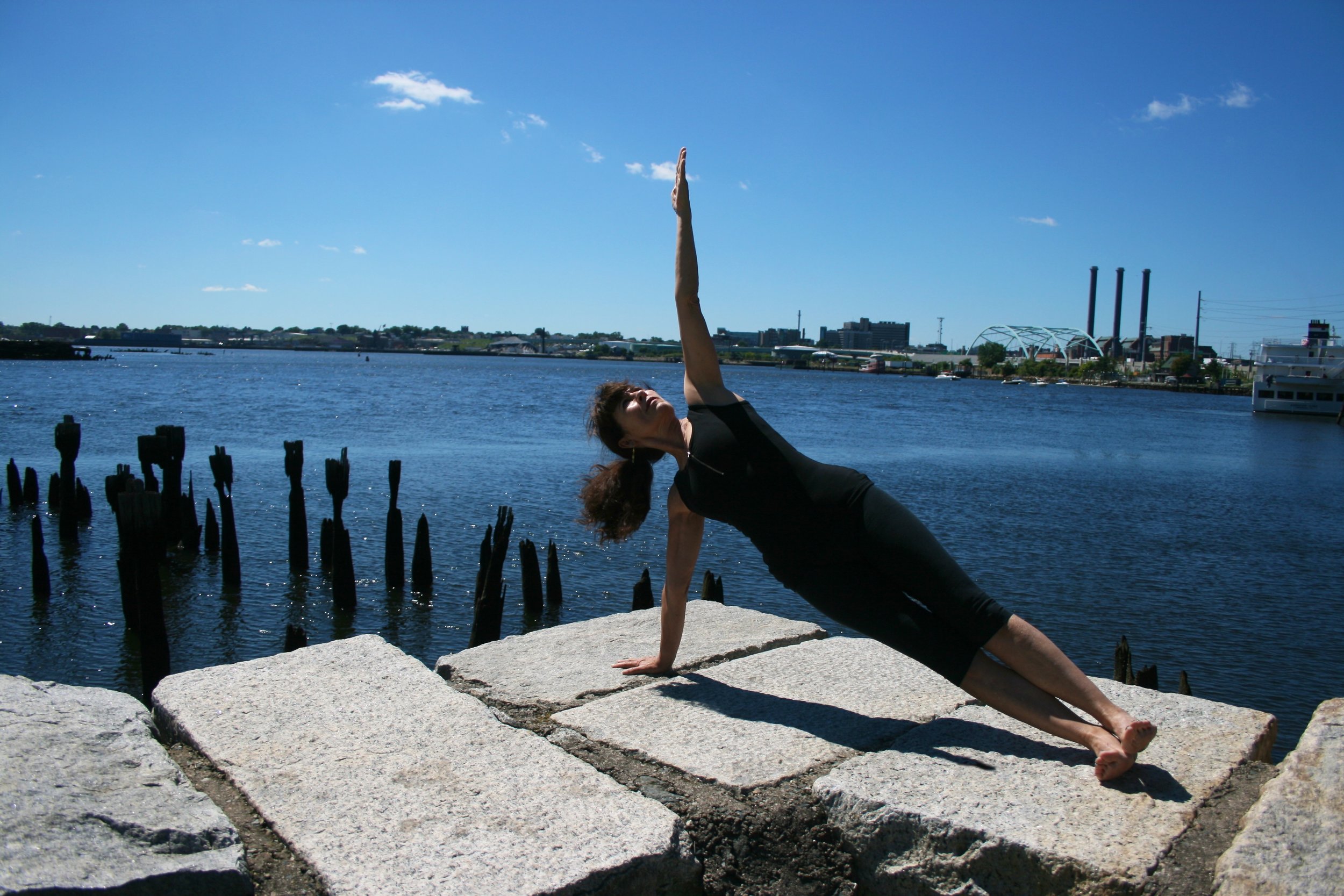Student Milestone Spotlight:
Nancy E. reaches 250 classes!
Reaching 250 classes is a remarkable achievement! What has motivated you to continue showing up on the mat?
I know that yoga is the healthiest thing that I can do for my body and well being, especially as I get older. I look forward to going to the Iyengar Yoga Source studio twice a week and it makes me feel good that I'm following a healthy path for myself. I've tried many other styles of yoga over the years and found Iyengar to be the best fit for me. At IYS, I love that the teachers are highly skilled, devoted practitioners and teachers, making classes varied and challenging. Each class is special and unique - I learn something new at every class.
How has your relationship with yoga and our studio community evolved throughout your journey to 250 classes?
I started doing yoga 50 years ago with friends using Sri Swami Satchidananda's book. I recall that he breathed in one end of a thin towel in each nostril. I didn't go that far, but I did, and still do, the eye exercises. Over the years, I practiced on and off and tried many varieties of yoga. The first time I came across Iyengar Yoga was here at IYS and took to it immediately. I learned to breath more easily while doing pranayama and how to keep my foot from slipping in vrksasana in my first couple of classes. I feel confident that I'm learning the proper positions for all the asanas and am evolving as a yogi. I challenge myself at every class, even though somedays that means just getting to the mat. I have a goal of developing my home practice, including shirshasana and adho mukha vrksasana.
Are there any significant lessons or insights you've gained from practicing yoga consistently and attending such a significant number of classes?
To move in a pose toward the ultimate posture, it helps to visualize various parts of your body moving, e.g., back of ears, shoulder blades (upper and lower), sides of calves, outer ankle, middle or top of the butt, little toe, big toe, fourth toe, skin of the back, top of knee, bottom of knee, etc. Often when I'm given a suggestion/instruction like this, "move your right sit bone toward left ankle," I can feel how that movement changes the overall posture. Then once I feel the effect, my body can remember it. That's the goal. Those various adjustments build up over time to a point where you can feel the pose without thinking too much with your brain, or rather, "your brain is all over your body". Also, it often is not the easiest way to hold a pose that is the best way, so you have to watch out for that. I want to keep going to IYS and further develop that ability to feel the poses the correct way.






